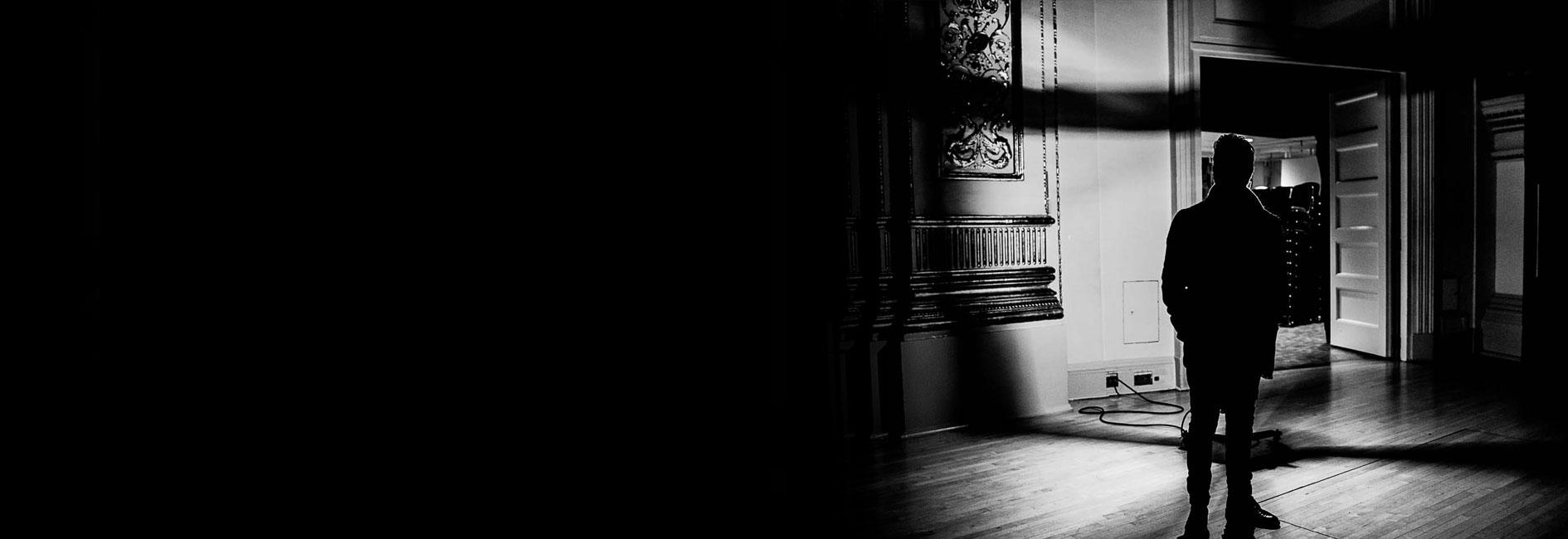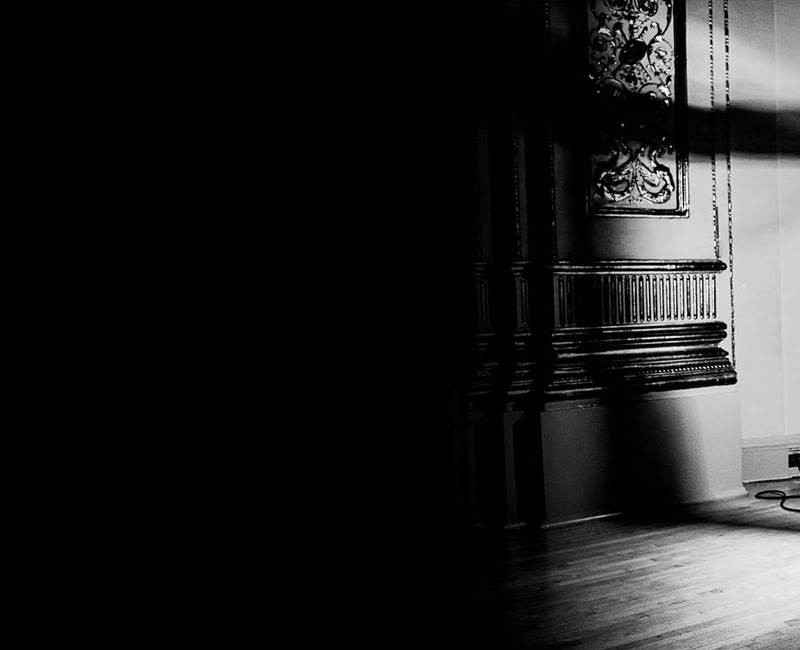Orchestra of St. Luke’s at Carnegie Hall
30 Oct 2015
“The seven-minute March, Waltz, Polka and Galop is written for pairs of winds, trumpets, trombone, tuba and percussion, and the result is like a miniature Pulcinella. It was circus music, but Stravinsky’s circus was like Picasso’s circus: lean, colorful, filled with solos, just a wee bit off-beat and totally delightful.
I mention Picasso, since their conductor, Pablo Heras-Casado, while an international star, does have that Iberian rhythm, the vivid painting in his conducting and real excitement.
After the intermission, we had a boisterous Tchaikovsky First Symphony, with its lovely Russian tunes, its attempt at German-style development, and a finale as exciting as the 1812 Overture. Great trumpet and horn playing, a beautiful oboe solo. And Mr. Heras-Casado gave it all the volition it deserved.
Having a smaller orchestra, like Saint Luke makes those delicious melodies even more poignant. Having a volatile conductor like Mr. Heras-Casado offered a finale which brought down the house. . . by the time the conductor came to that glorious coda, everything else was forgotten. The “winter daydreams” had melted, and we had a sunny martial finish which any of Tchaikovsky’s Tsarist cadet friends would have ravished.”
“The Spanish conductor Pablo Heras-Casado has led the Orchestra of St Luke’s as its Principal Conductor since 2011, and the partnership so far seems to be a happy one. Mr Heras-Casado is respectful of the experienced musicians of the orchestra and the orchestra responds with finely tuned professionalism. The performance this evening was no exception. Mr Heras-Casado often showed restraint in guiding the musicians, and they in turn showed remarkable skills and quiet sophistication to bring out the subtle beauty of the score.
In the first movement, the focus on the clear and distinct texture of each instrumental section, starting with the strings, seamlessly and inevitably led to a thrilling ensemble under Mr Heras-Casado’s sure hand. If the slow middle section seemed a little languid, it was a fitting lead in to the quiet ending . . .
The musically problematic fourth movement, Tchaikovsky struggling with varying tempi and motifs, was again conducted with remarkable calm and control, and Mr Heras-Casado succeeded in conveying the shifting moods and transparent texture of the music. The sumptuous melodies were never milked to excess; the brightness and energy of the brass and percussions as the piece concluded clearly foreshadowed the composer’s future symphonies . . .”
Ako Imamura – Bachtrack.com

